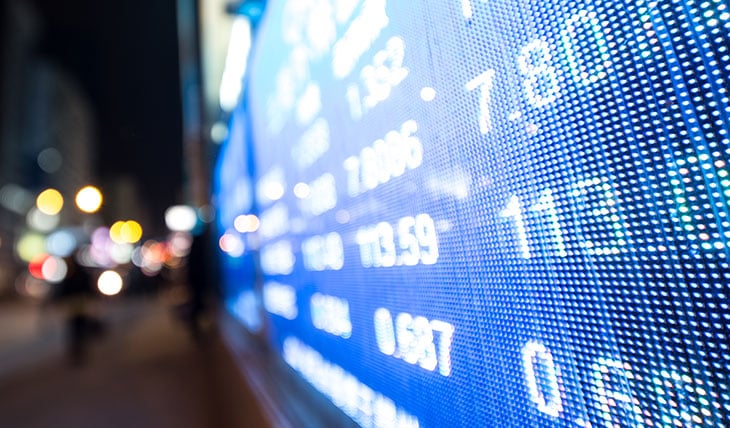Since the COVID-19 pandemic, Indonesia has outperformed neighbouring countries in terms of economic resilience, seeing relatively more stable real GDP growth, with only a 2.1% decline in 2020, followed by a rebound to 3.7% growth the following year. However, the pressure on the economy is seen to be increasing, pushed by multiple factors, including a seven-year high inflation rate, weakening currency, and political instability expected from the 2024 election.
Indonesia Inflation Quarterly Forecast 2012-2030
Indonesian economy faces multiple challenges ahead
Indonesia recorded more stable 1.9% and 1.6% inflation rates in 2020 and 2021 respectively, in comparison with the 3.0% and 4.9% global annual inflation rates. This was supported by its importance in globally significant commodities such as gas and palm oil, as well as through bold and comprehensive policy responses, that included a fiscal policy package in the form of the National Economic Recovery Programme, accommodative monetary policy, and credit encouragement.
However, in the forecast period the pressure on the economy is set to be more challenging. The country is expected to hit a new seven-year high inflation rate in 2022, at approximately 4.3%. The pressure is being further heightened by fuel price hikes in the country, that started in September 2022 and will continue to be implemented slowly across all regions. This is expected to impact logistics prices, and producers will be forced to slowly increase their product prices.
The planned election in 2024 is expected to further contribute to the worsening situation. In past elections, especially in the 2009 election that followed the global recession in 2008, the Indonesian rupiah depreciated against the US dollar, caused by the uncertainties and instability in the country. This is also expected to happen to a certain degree between 2023 and 2024, as can already be seen from the start of the weakening of the Indonesian rupiah in Q3 and Q4 2022. This will lead to a decline in currency reserves and increased national debt obligations.
Different strategies to tackle rising prices across different industries
With growth in product prices stemming from inflation and the depreciation of the Indonesian rupiah, different industries are taking different strategies and approaches.
In the food and beverages industry, while production costs continue to increase, demand has not ceased. At the same time, players are not able to significantly increase the price per SKU, given the price-sensitive nature of consumers. As a result, some approaches have been taken to realign packaging strategies and repackage products by changing pack sizes to ensure that the price per SKU remains affordable, while the producer does not suffer a loss. In terms of packaging size, smaller, single-serve products have been distributed in the market since the start of the pandemic. Having single servings of foods such as wafers, or single-use home care products such as laundry detergent in sachet format, helps ensure that per SKU the product is still affordable for consumers. According to the Indonesia Retail Association (Aprindo), these small packs have covered 10% of total sales of products since the pandemic.
Similarly, in the home care industry, manufacturers are not able to increase prices significantly, especially with competition from new local brands. As lower- to middle-income consumers are not brand-conscious when it comes to home care products, they will not think twice about switching to cheaper alternatives when there is a price hike. Manufacturers are reformulating the ingredients, such as reducing the amount of cleaning agent, to maintain the price per SKU despite increasing raw materials costs. In many cases, manufacturers also offer price discounts all year round via e-commerce and convenience stores to retain consumers.
2023 to continue presenting uncertainties from multiple macroeconomic challenges
2022 has been an eventful year for the Indonesian market, with the increase in commodity prices at the beginning of the year, followed by seven-year high inflation and increases in fuel prices in the third quarter of the year. These factors normally translate into lower consumer confidence and a decline in sales. The increasing fuel price in 2014 and the adjustment of electricity subsidies in 2017 both resulted in falling sales of fmcg. But, despite everything, 2022 remains an anomaly, as the consumer confidence index returned to the pre-pandemic heights in Q2 2022. Consumers are starting to spend again as the economic and pandemic situation stabilise.
For further insight, read our report, Inflation Intensified: What Can We Expect from the Australian Consumer
